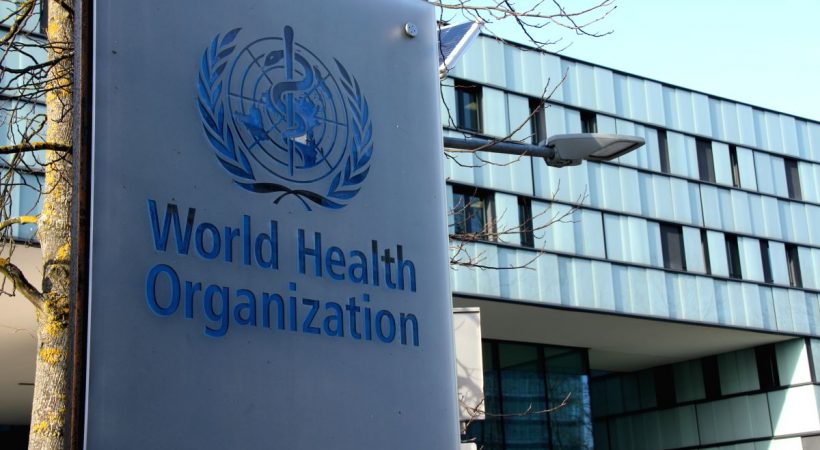Airborne transmission of COVID-19: WHO issues new guidelines

The World Health Organization (WHO) on Thursday issued new guidelines on the transmission of the novel coronavirus acknowledging reports of airborne transmission of the SARS-CoV-2 virus that causes COVID-19. In an revised briefing, the UN health body informed airborne spread of coronavirus is possible in health care environments where specific medical procedures generate very small droplets – aerosols. However, WHO said that more research has to be conducted in this regard.
The guidelines informed that realising how, when and in what types of environments the SARS-CoV-2 virus transmits between people is important for creating effective public health and infection prevention measures to break chains of spread.
WHO stated current evidence suggests that COVID-19 transmission takes place primarily through direct, indirect, or close contact with infected individuals through their saliva and respiratory secretions, or through their respiratory droplets expelled when they cough, sneeze, talk or sing. The body also said that asymptomatic people can also transmit the virus to others, although it is still unclear to what degree this takes place and more research is needed in this regard.















